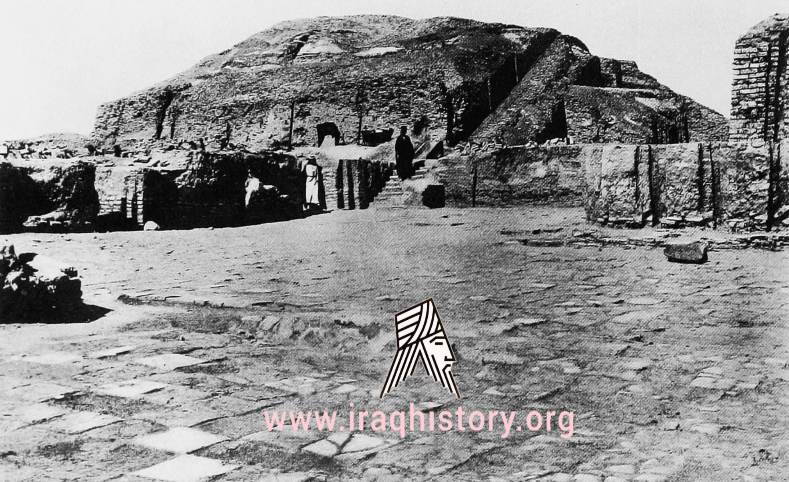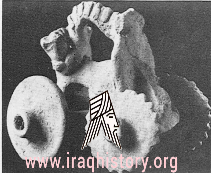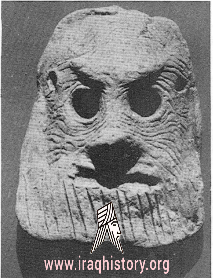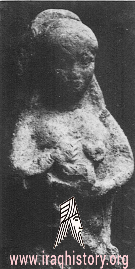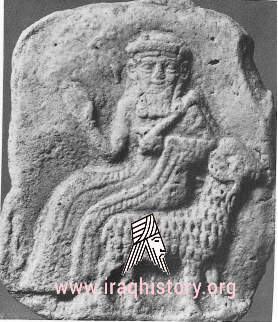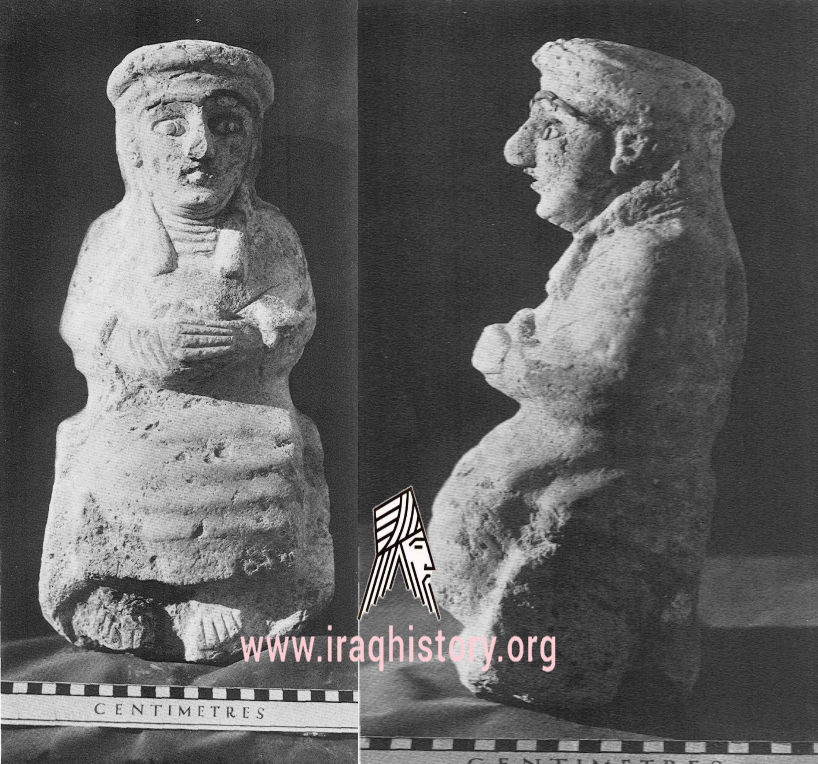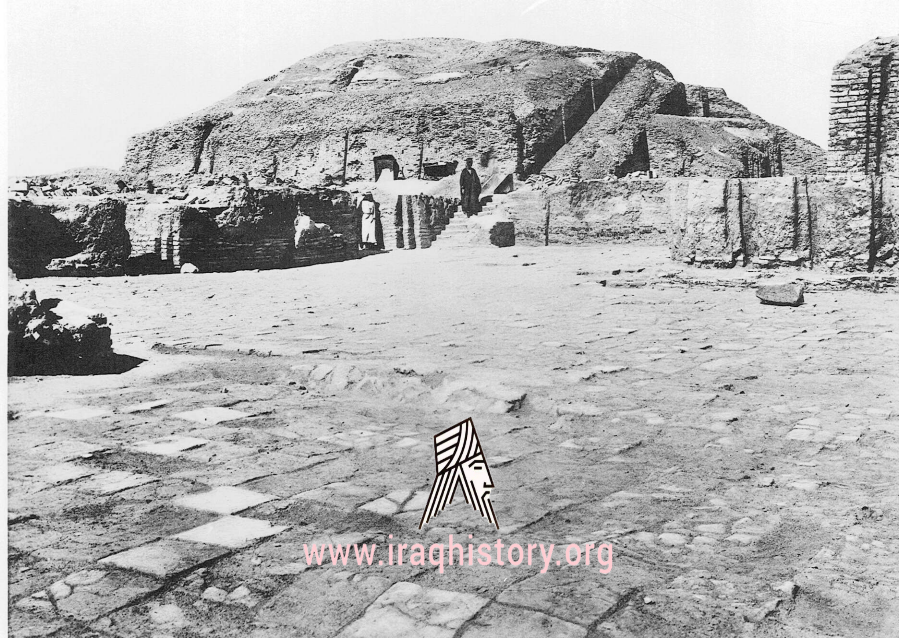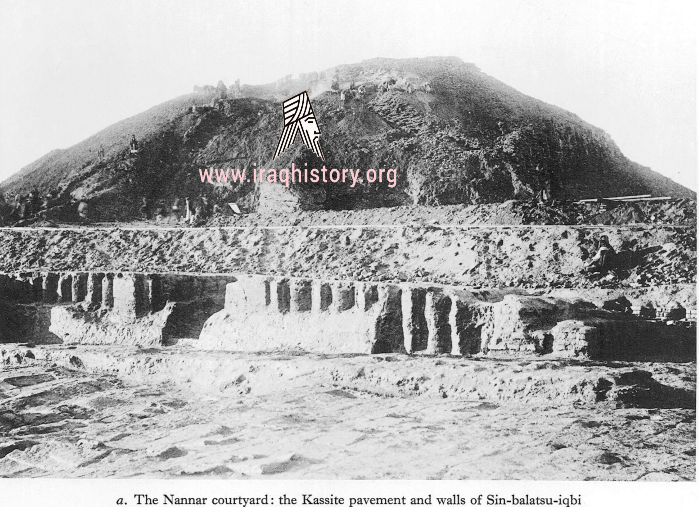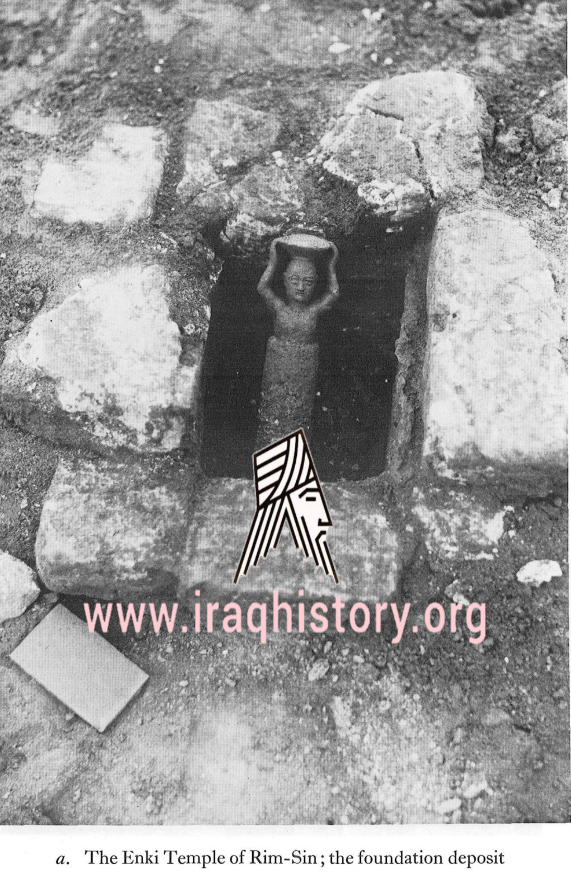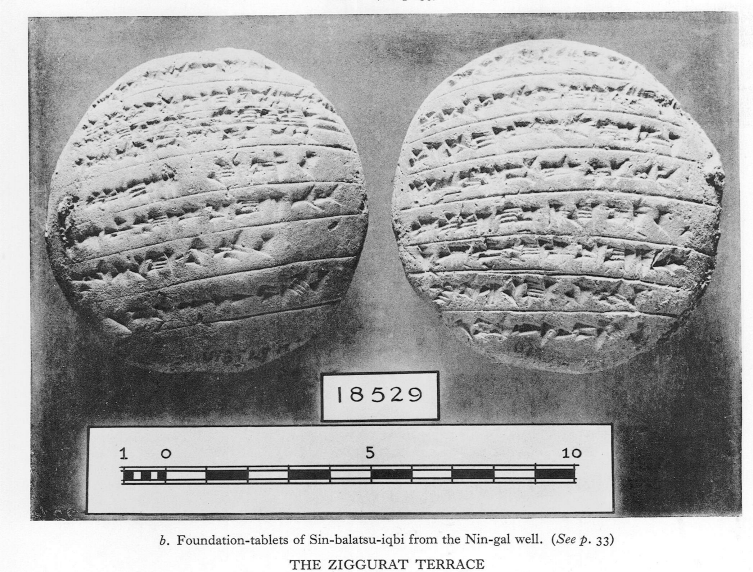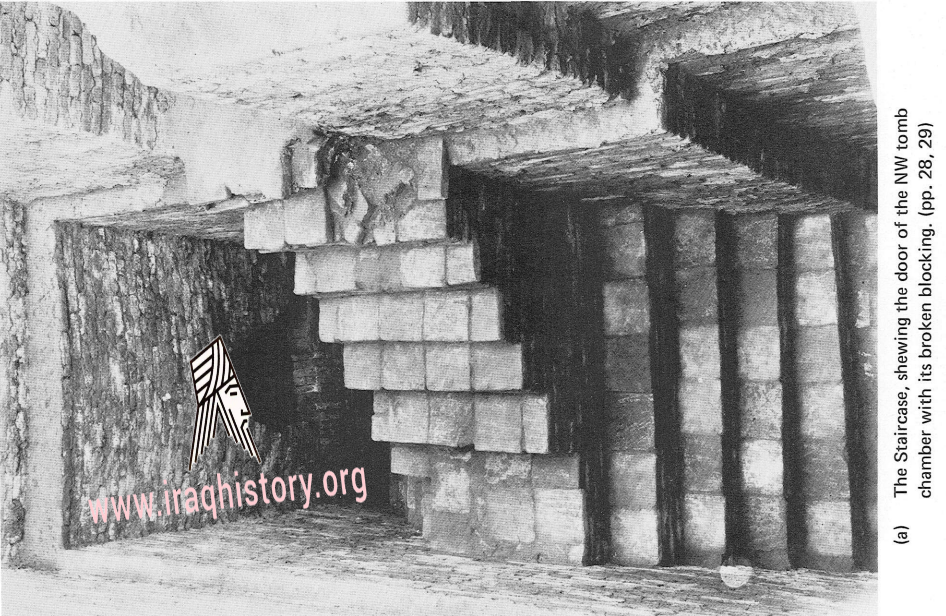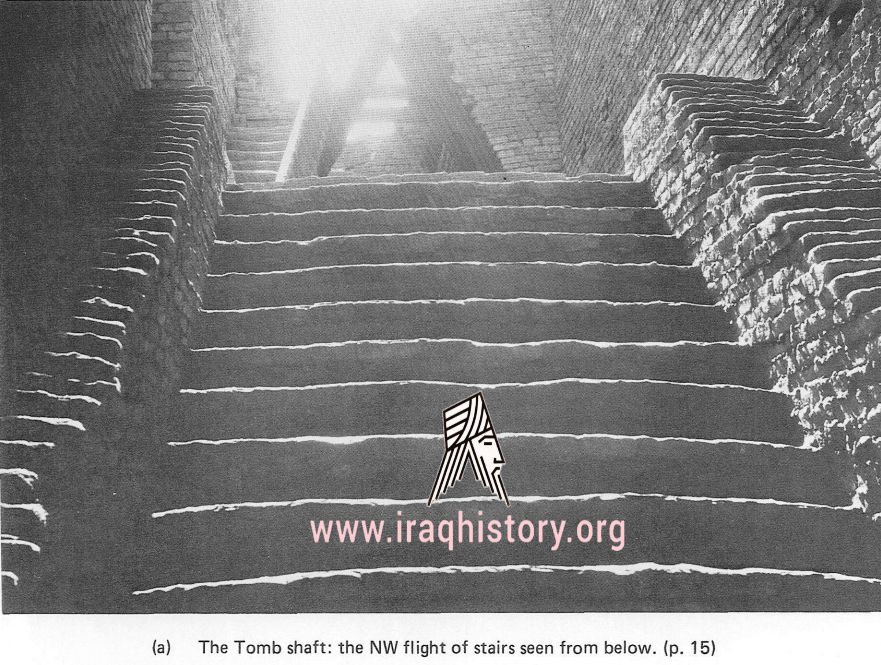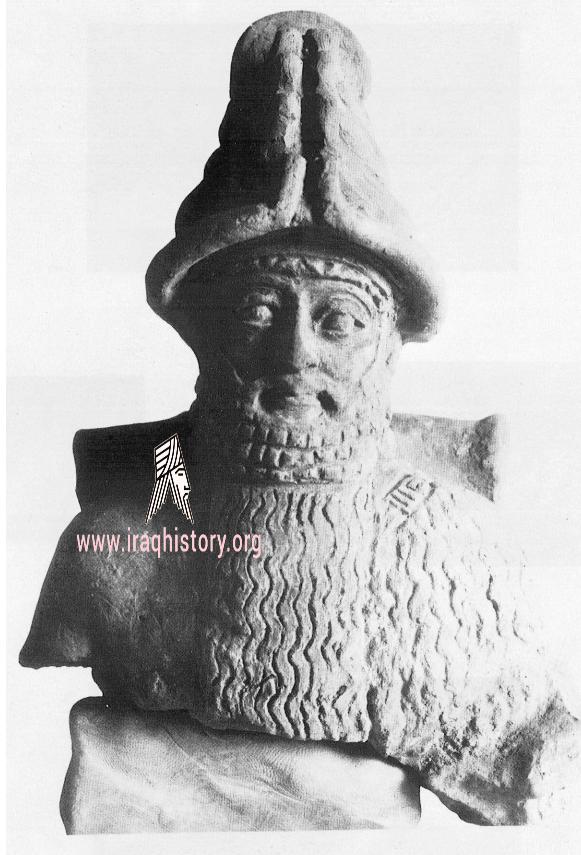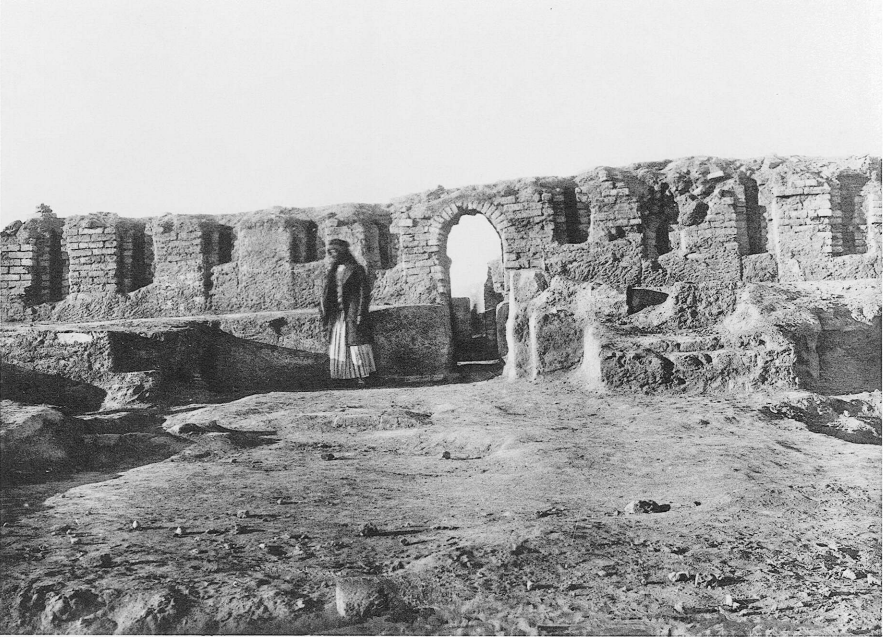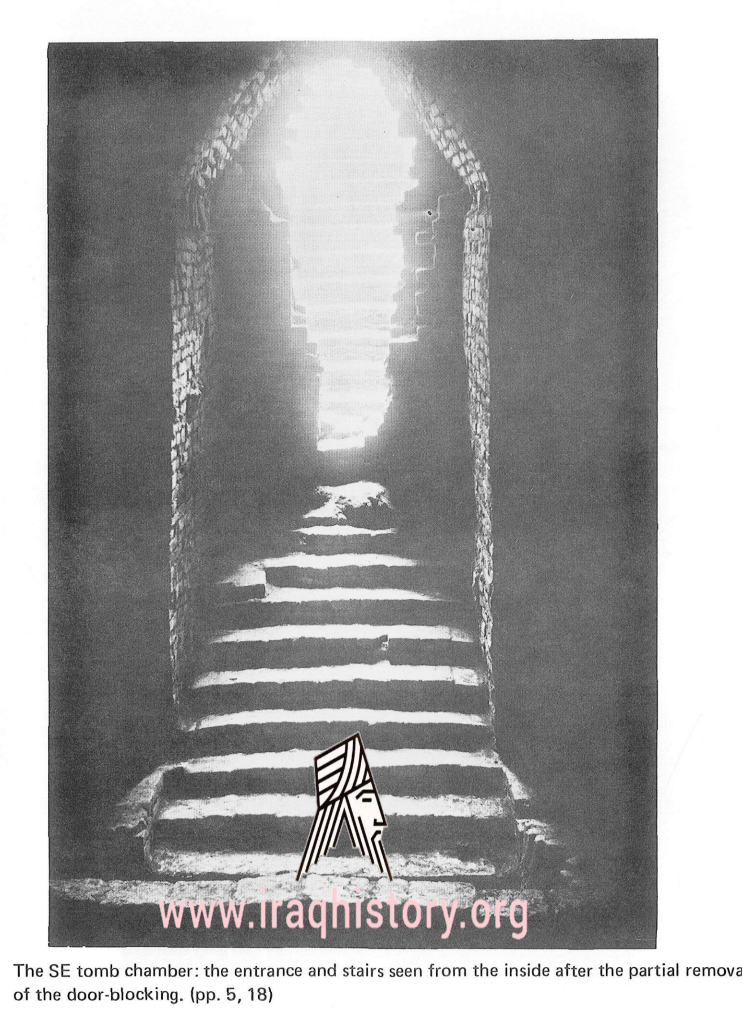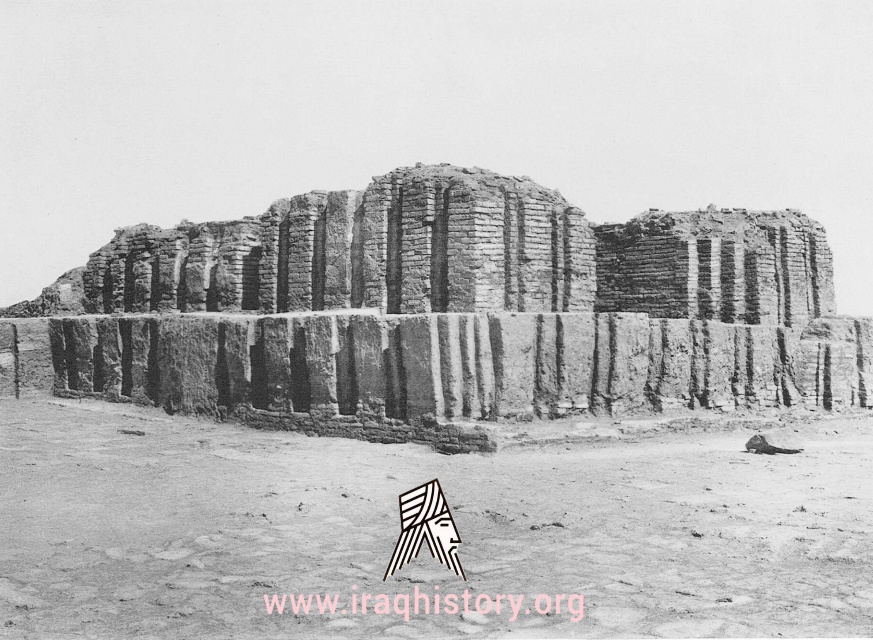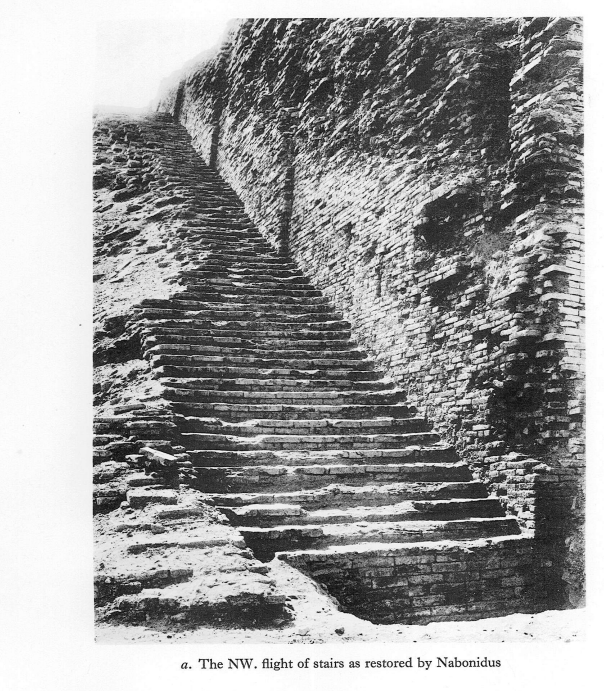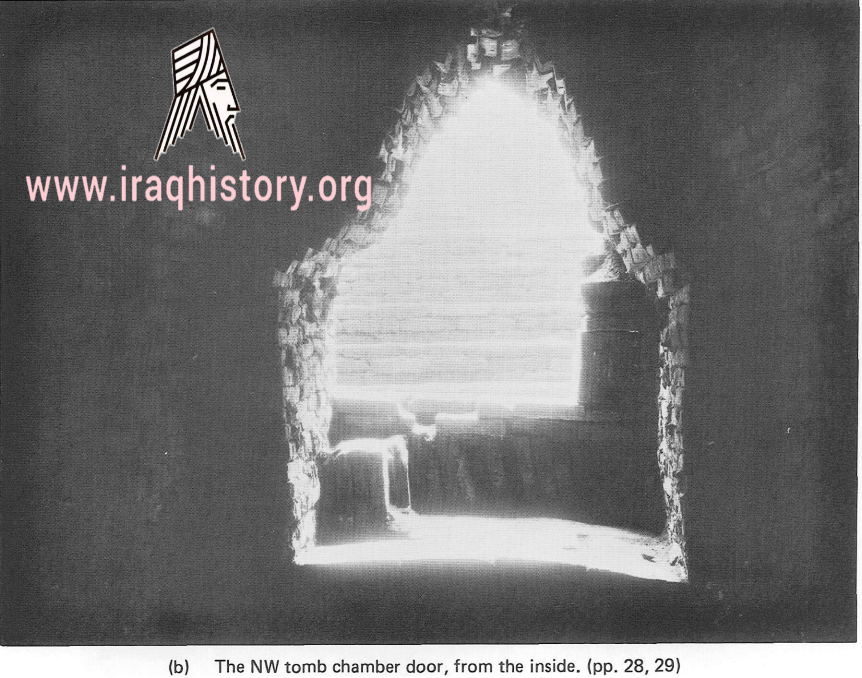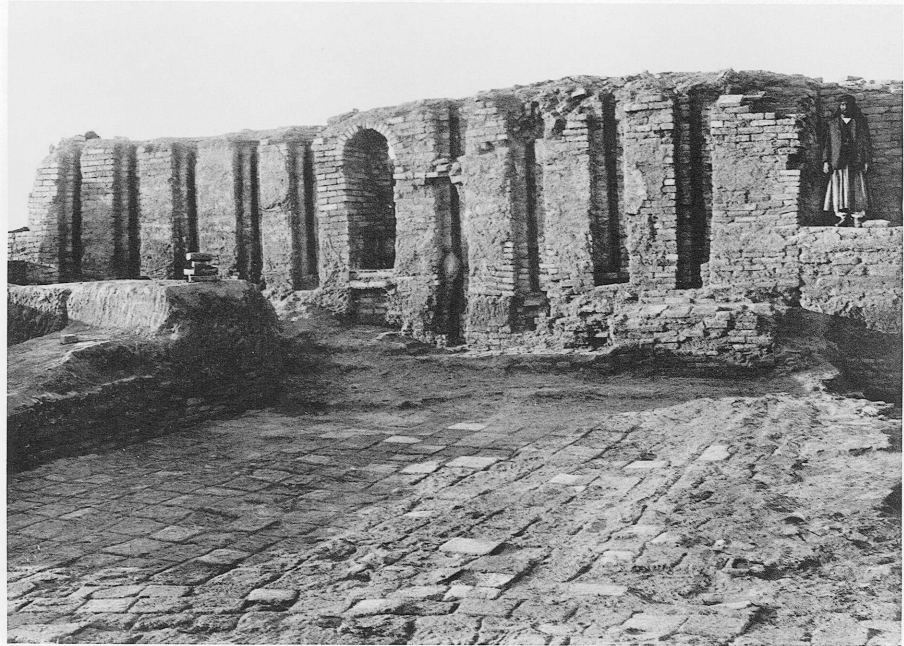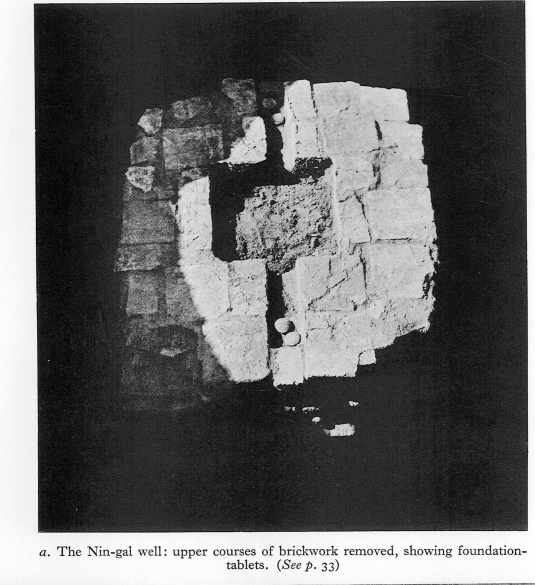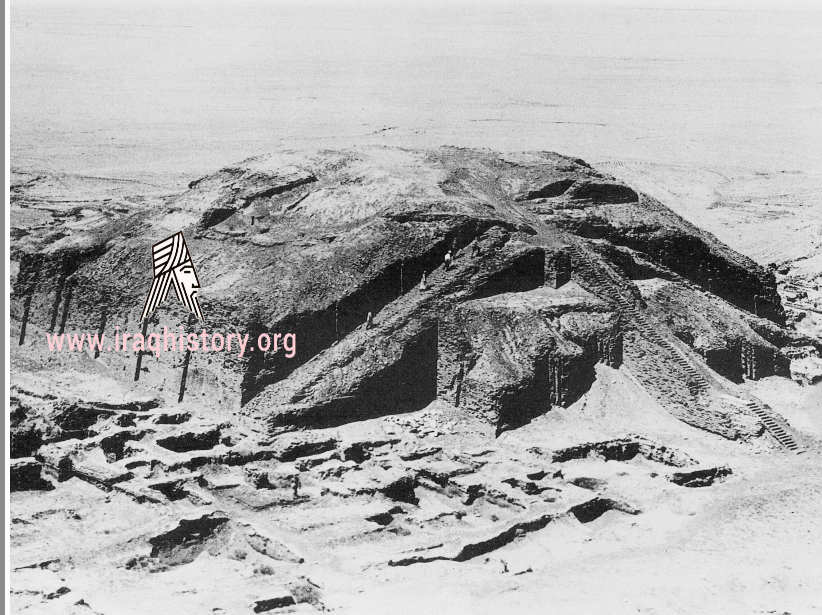When Ur was founded, the Sumiran Gulf’s water level was two-and-a-half metres higher than today. Ur is thought, therefore, to have had marshy surroundings; irrigation would have been unnecessary, and the city’s evident canals likely were used for transportation. Fish, birds, tubers, and reeds might have supported Ur economically
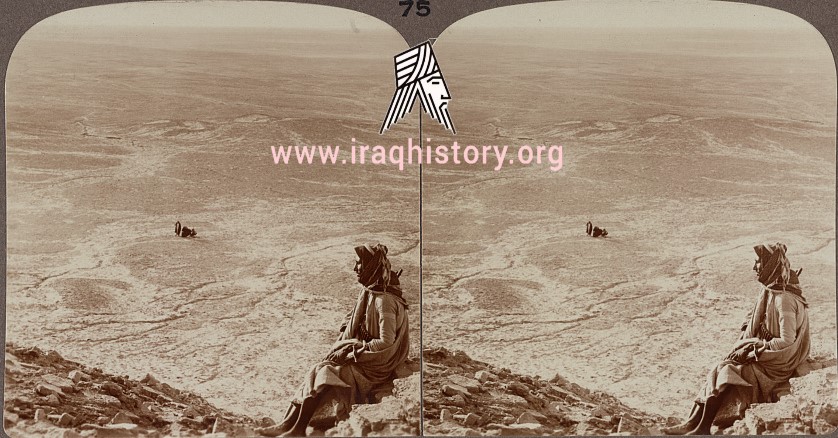
Northwest from Ur. Over the country traversed by Abraham
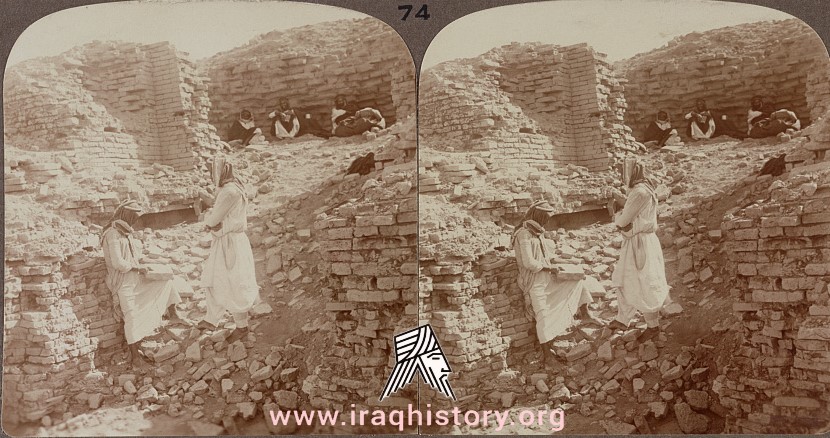
Excavations on the mound of Ur
When the Royal Tombs at Ur were discovered, their size was unknown. Excavators started digging two trenches in the middle of the desert to see if they could find anything that would allow them to keep digging. They split into two teams – A and team B. Both teams spent the first few months digging a trench and found evidence of burial grounds by collecting small pieces of golden jewelry and pottery. This was called the “gold trench”. After the first season of digging finished, Woolley returned to England. In Autumn, Woolley returned and started the second season. By the end of the second season, he had uncovered a courtyard surrounded by many rooms.
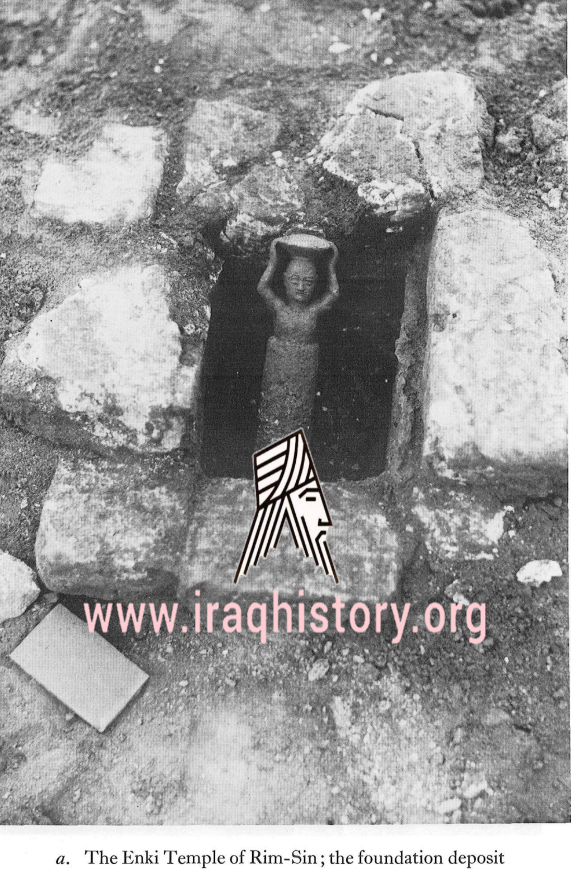
In their third season of digging archaeologists had uncovered their biggest find yet, a building that was believed to have been constructed by order of the king, and a second building thought to be where the high priestess lived. As the fourth and fifth season came to a close, they had discovered so many items that most of their time was now spent recording the objects they found instead of actually digging objects. Items included gold jewelry, clay pots and stones. One of the most significant objects was the Standard of Ur. By the end of their sixth season they had excavated 1850 burial sites and deemed 17 of them to be “Royal Tombs”. Some clay sealings and cuneiform tablet fragment were found in an underlying layer
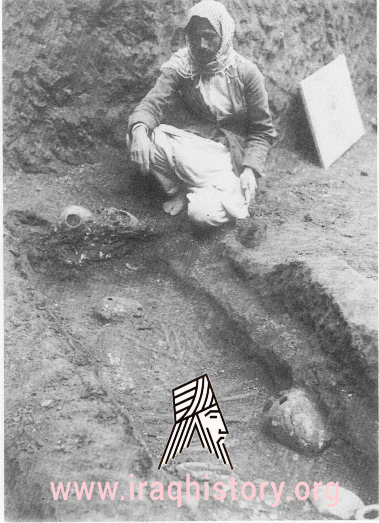
Pit X Grave showing a burial in a coffin of ur
Woolley finished his work excavating the Royal Tombs in 1934, uncovering a series of burials. Many servants were killed and buried with the royals, who he believed went to their deaths willingly. Computerized tomography scans on some of the surviving skulls have showed signs that they were killed by blows to the head that could be from the spiked end of a copper axe, which showed Woolley’s initial theory of mass suicide via poison to be incorrect
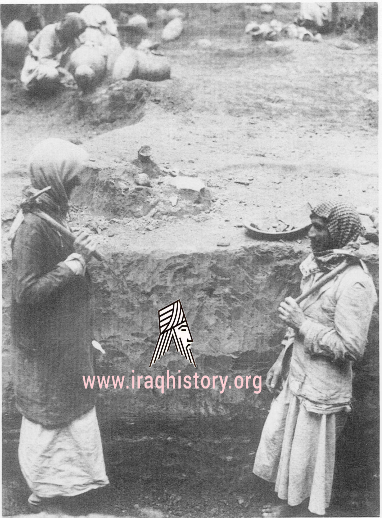
Inside Puabi’s tomb there was a chest in the middle of the room. Underneath that chest was a hole in the ground that led to what was called the “King’s Grave”: PG-789. It was believed to be the king’s grave because it was buried next to the queen. In this grave, there were 63 attendants who were all equipped with copper helmets and swords. It is thought to be his army buried with him. Another large room was uncovered, PG-1237, called the “Great death pit”. This large room had 74 bodies, 68 of which were women. This was based on artifacts found with the bodies, weapons and whetstones in the case of males and simple, non-gold, jewelry in the case of females. There is some debate about the gender of one body. Two large ram statues were found in PG-1237 which are believed to be the remains of lyres. Several lyres were found just outside the entrance. The bodies were found to have perimortem blunt force injuries which caused their death. They also had skeleton markers for long term manual labor
ur Jamdat Nasr burials on the pit floor. The cut through

ur Steatite Figure of a Wild Boar, from the Jamdat Nasr Level in Pit F
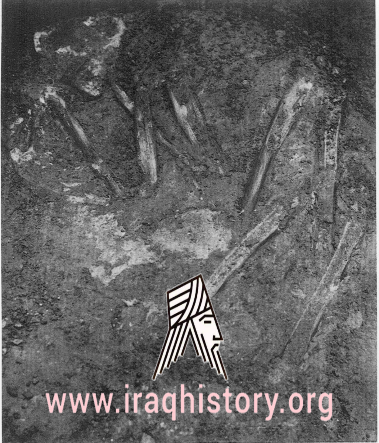
ur Y Grave showing the contracted position of
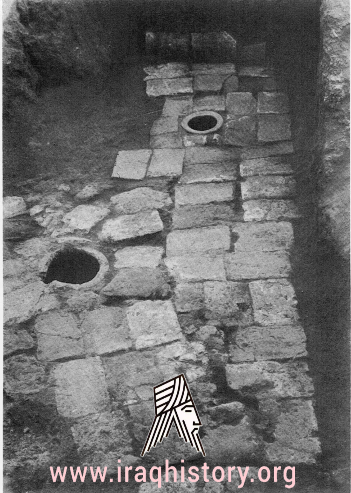
ur A brick-paved chamber of the Early Dynastic
Most of the treasures excavated at Ur are in the British Museum, the University of Pennsylvania Museum of Archaeology and Anthropology and the iraq Museum. At the Penn Museum the exhibition “Iraq’s Ancient Past”, which includes many of the most famous pieces from the Royal Tombs, opened to visitors in late Spring 2011. Previously, the Penn Museum had sent many of its best pieces from Ur on tour in an exhibition called “Treasures From the Royal Tombs of Ur.” It traveled to eight American museums, including those in Cleveland, Washington and Dallas, ending the tour at the Detroit Institute of Art in May 2011

ur b. Pit F, work at the 8.00m. level. The line of stones
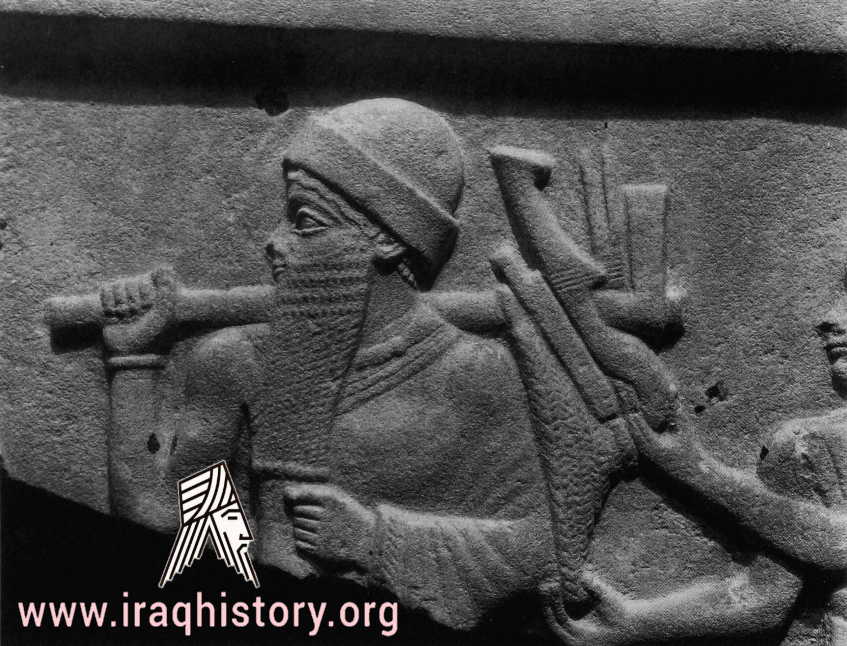
ur namo Frontispiece King bearing building tools good face ofstela
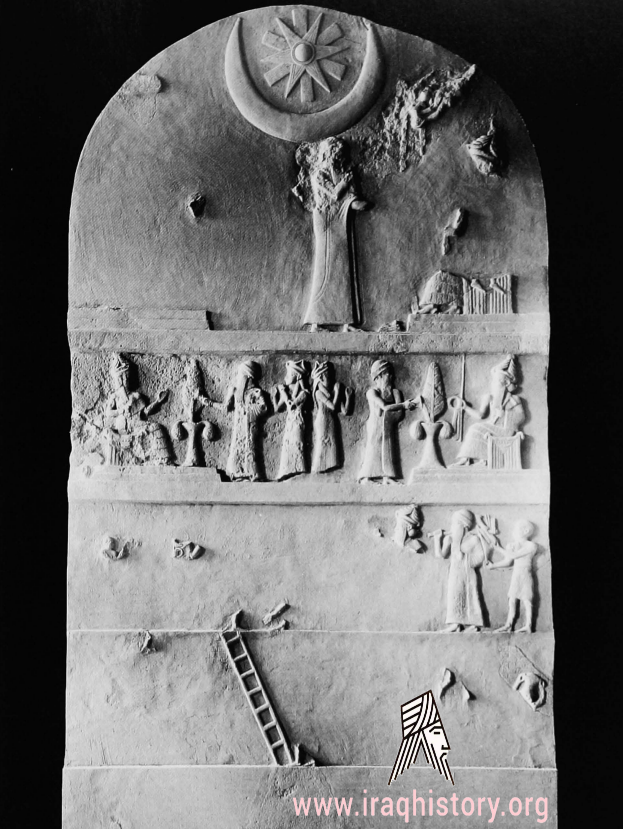
ur namo
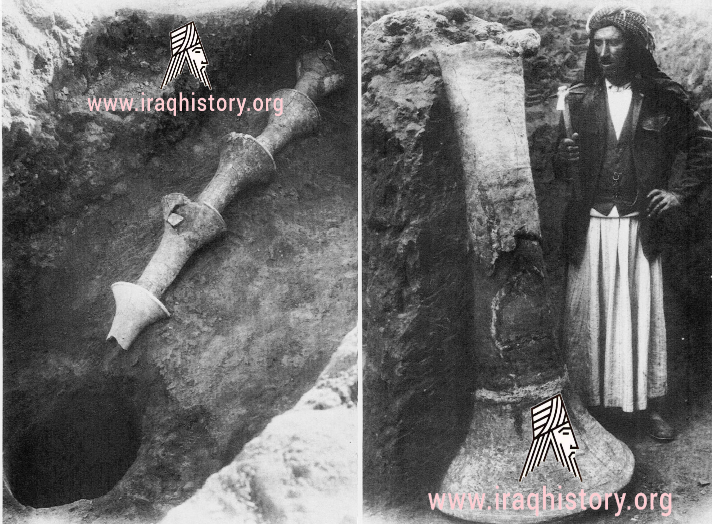
ur Site EH. An unusually large Early Dynastic drain pipe,
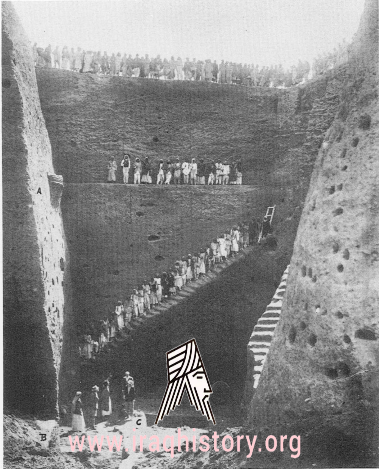
ur Pit X, the pit completed. At (A), a Sargonid clay coffin;
